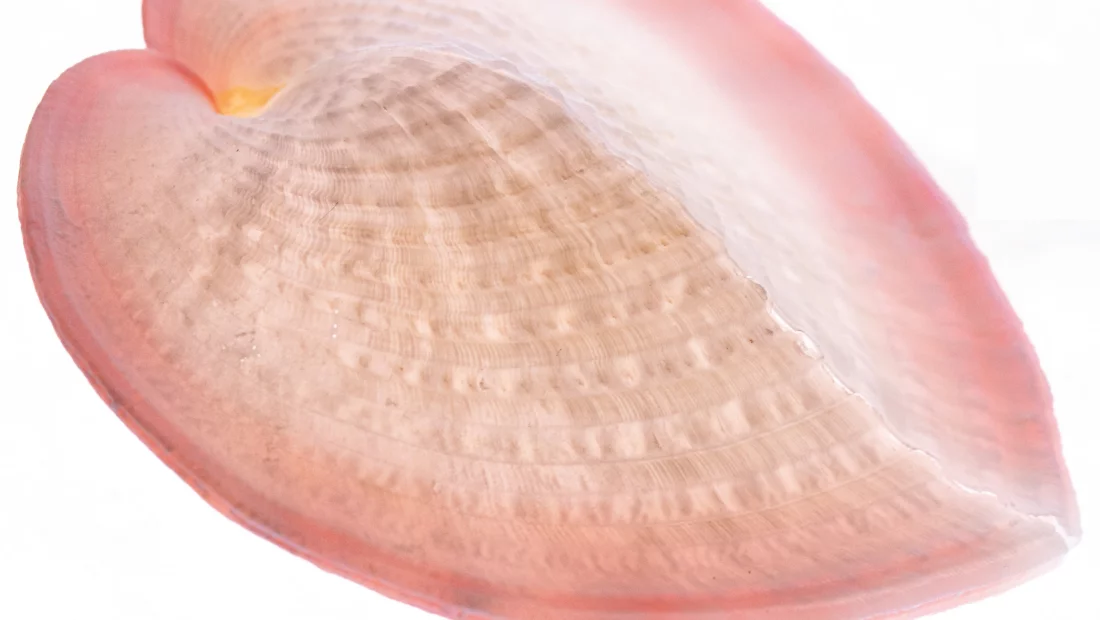A new study reveals a fascinating discovery about the heart cockle, a clam-like mollusk, which could provide critical insights into protecting coral reefs from the effects of climate change. Researchers have found that the heart cockle’s shell acts as a natural fiber-optic system, channeling light to the algae living inside it, helping the algae photosynthesize more effectively. This could explain why heart cockles are more resilient to bleaching from temperature stress compared to corals.
Coral reefs, which depend on a symbiotic relationship with algae, often experience bleaching when water temperatures rise, causing them to expel their algae and resulting in the loss of vibrant colors and biodiversity. However, heart cockles, despite hosting the same type of algae, do not bleach as readily. Researchers hypothesize that the cockle’s unique shell structure, which contains mineral lenses and natural fiber optic bundles, helps prevent excessive UV radiation from damaging the algae and supports a more stable photosynthetic environment.
Using advanced tools like spectrophotometers, scientists discovered that the heart cockle shell allows light to pass through, but with an emphasis on useful sunlight and minimal harmful UV radiation. This adaptation could potentially inspire new methods to enhance coral resilience in the face of rising sea temperatures. By mimicking how heart cockles manage light, scientists hope to engineer more robust corals or algae that could survive in increasingly harsh conditions, offering hope for the future of coral ecosystems.
This breakthrough highlights the incredible adaptability of nature and may provide valuable lessons for both conservation efforts and technological advancements in fields like optics and renewable energy. As McCoy notes, the heart cockle’s ability to optimize light transmission is a perfect example of evolutionary “product design,” refined over billions of years to ensure survival in a changing world.
